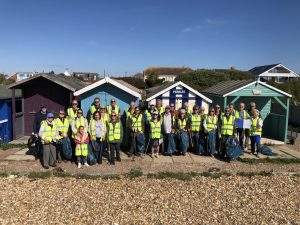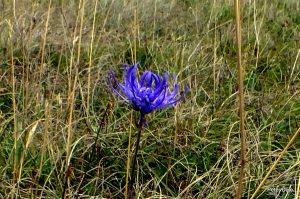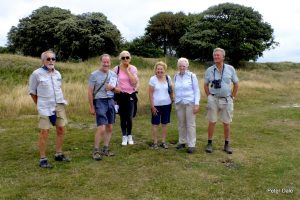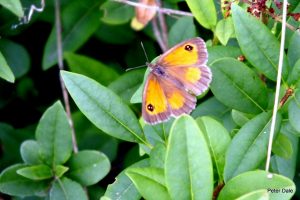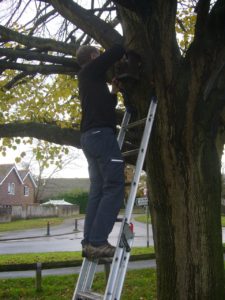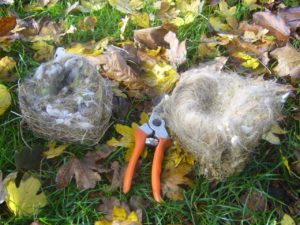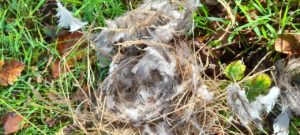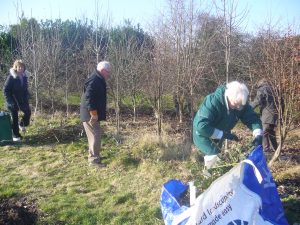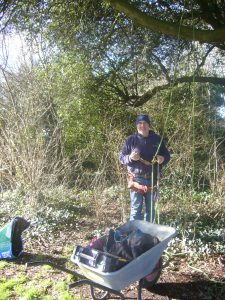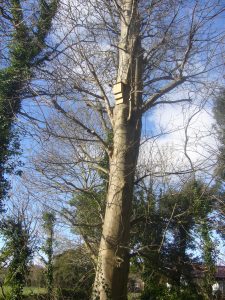As one of the few remaining Pill Box beach defences along the West Sussex coastline,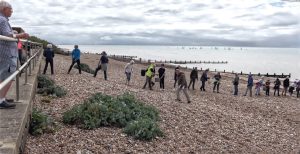 this strategic structure was erected by the Royal Engineers in 1941 as part of the beach defences known as the coastal crust. Ferring lies in the middle of the West Sussex section of the German invasion plans, code named Operation Sea Lion.
this strategic structure was erected by the Royal Engineers in 1941 as part of the beach defences known as the coastal crust. Ferring lies in the middle of the West Sussex section of the German invasion plans, code named Operation Sea Lion.
It was felt by both Groups that it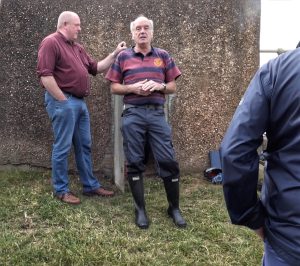 would be worthwhile to dry out and make the Pill Box safe inside as it would be of interest to residents and to local school children, especially year six pupils as WW2 is taught as part of the National Curriculum.
would be worthwhile to dry out and make the Pill Box safe inside as it would be of interest to residents and to local school children, especially year six pupils as WW2 is taught as part of the National Curriculum.
The steel entrance door had to be opened and a new lock fitted before the nine inches of water that covered the floor could be removed. As the water could not be pumped out it was tested to ascertain its source and it proved that this was rain water, and had not been flooded by seawater during high tides.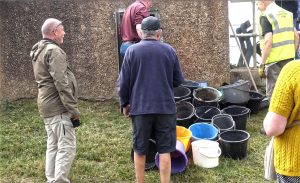
With guidance from Ferring Conservation Group committee member Pete Coe, himself a former officer of the Royal Engineers, a line of volunteers each with a bucket met on Patterson’s Walk on the morning of Friday 28th July. Under Pete Coe’s direction a human chain was formed between the Pill Box along the beach towards the sea and the muddy water was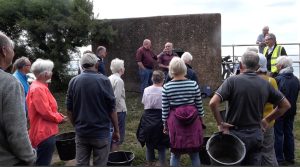 removed and bucketful after bucketful was passed along the line and dispersed along the beach. Grateful thanks go to West Worthing MP Sir Peter Bottomley and Arun district councillors Mark Turner and Lesley-Anne Lloyd together with the many other volunteers, including one of the youngest members of Ferring Conservation Group, 11 year old Eoin Kearns, whose strength and enthusiasm matched that of any of the adults present.
removed and bucketful after bucketful was passed along the line and dispersed along the beach. Grateful thanks go to West Worthing MP Sir Peter Bottomley and Arun district councillors Mark Turner and Lesley-Anne Lloyd together with the many other volunteers, including one of the youngest members of Ferring Conservation Group, 11 year old Eoin Kearns, whose strength and enthusiasm matched that of any of the adults present.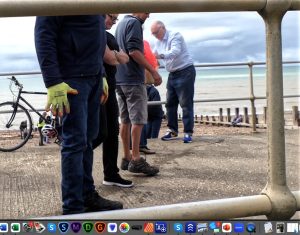
Once the roof had been properly sealed the next stage of the project was to open up the bricked-up embrasures where the guns were mounted and install either vandal-proof glass or Perspex. This will enable visitors to appreciate the view the soldiers had from inside the Pill Box.
As well as leading the practical work Pete Coe will continue with further research with assistance from Martin Mace the author of Frontline Sussex: Defence Lines of West Sussex 1939-1945 who was also one of the volunteers helping with the practical work on the 28th July.

